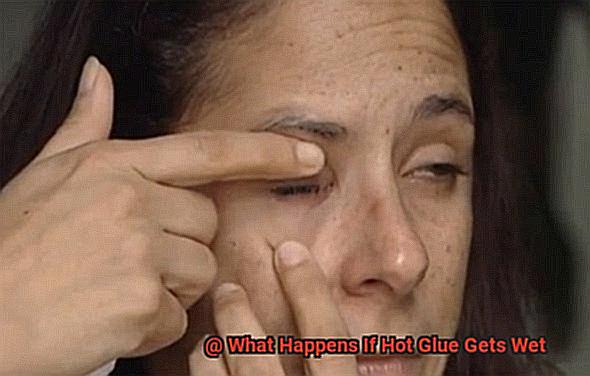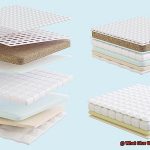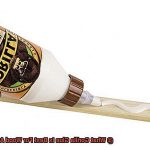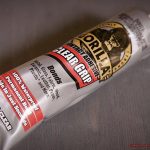Hot glue is a lifesaver when it comes to crafting, woodworking, and DIY projects. Its quick-drying nature and robust adhesive properties make it an excellent choice for any project. But what happens if hot glue gets wet? Does it lose its strength and become useless? Unfortunately, the answer isn’t as straightforward as we’d like.
Imagine spending hours on a project, meticulously gluing each piece together with hot glue. You’re admiring your work when suddenly, water or moisture ruins everything. It’s a common nightmare for anyone who loves crafting or DIY projects.
In this post, we’ll dive into the million-dollar question: what happens if hot glue gets wet? We’ll also provide you with some tips on how to prevent hot glue disasters and ways to salvage your project if it does get wet. Whether you’re a beginner or an expert in using hot glue, keep reading to learn everything you need to know about dealing with water and hot glue.
What is Hot Glue?
Contents
- 1 What is Hot Glue?
- 2 How Does Hot Glue Work?
- 3 What Happens When Hot Glue Gets Wet?
- 4 Different Types of Hot Glue and Their Water Resistance
- 5 Tips for Protecting Hot Glue from Moisture
- 6 Common Applications for Hot Glue
- 7 The Effects of Getting Wet on Lightweight Items
- 8 The Effects of Getting Wet on Heavy or Important Items
- 9 Conclusion
Hot glue is a remarkable adhesive that is commonly used in crafting, DIY projects, home repairs, and industrial manufacturing. This versatile adhesive is made from a blend of synthetic polymers and resins, and it is applied in a molten state that solidifies as it cools down. One of the unique characteristics of hot glue is its fast setting time. Unlike other adhesives that require hours or even days to dry, hot glue can solidify within seconds of being applied.
Hot glue has many advantages over other types of adhesives, such as its ability to bond a wide range of materials including paper, cardboard, wood, fabric, plastic and metal. The strength of the bond that hot glue creates between materials is impressive. It is also resistant to water, making it ideal for various applications that may come into contact with moisture. Additionally, hot glue can withstand exposure to heat and cold without losing its adhesion properties.
Hot glue comes in different forms such as sticks, pellets, and cartridges. Sticks are the most common form and are typically used with a hot glue gun. Pellets are larger and can be melted in bulk using a separate melting pot or applicator. Cartridges are designed for use with pneumatic glue guns and are used in industrial settings.
While hot glue has many advantages, it is important to note that it may not be suitable for all materials or applications. For example, when exposed to water, the bond created by hot glue can weaken or break altogether. It is important to consider the type of hot glue being used and take precautions to prevent exposure to moisture whenever possible.
How Does Hot Glue Work?
Hot glue, a.k.a. thermoplastic adhesive, is the adhesive world’s superhero. But how does it work? Picture this: solid adhesive melting into a liquid state as it’s heated and solidifying as it cools down. It’s a simple yet incredibly effective process that has made hot glue popular in various industries.
One of hot glue’s strengths is its versatility. It can bond a range of surfaces, from wood to metal, and dries quickly, making it perfect for speedy projects and repairs. Plus, it’s relatively inexpensive and available at most craft stores.
However, hot glue does have some limitations. One such limitation is its vulnerability to moisture. When hot glue gets wet, it loses its adhesive properties, making it soft or dissolving altogether. Thus, hot glue should be avoided in situations where exposure to water or other liquids is expected.
What Happens When Hot Glue Gets Wet?
Hot glue is an adhesive superhero that has saved many DIY projects from falling apart. However, this hero has a weakness – water. When hot glue gets wet, it loses its powers and turns into a soft mush or dissolves completely, leaving your project in ruins. As an expert on this topic, I have compiled some research notes to explain what happens when hot glue gets wet.
Hot glue is made up of thermoplastic polymers that are activated by heat and pressure. When the glue cools down and solidifies, it forms a strong bond with the surfaces it is applied to. However, when hot glue comes into contact with water or moisture, it can start to break down and lose its bond. This is because water can cause the thermoplastic polymers to soften and weaken, which can result in the glue becoming less sticky or even falling apart completely.
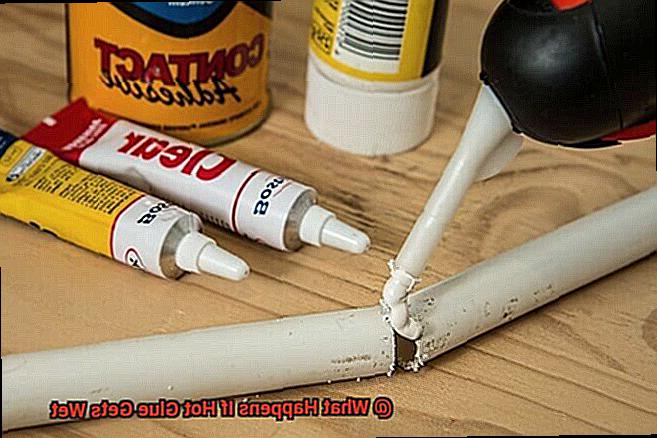
In addition to losing its adhesive properties, hot glue that gets wet can also become discolored or disfigured. This is because the moisture can cause the glue to expand or contract, which can change its shape and appearance.
It’s essential to note that not all types of hot glue are affected by water in the same way. Some types of hot glue are designed to be more water-resistant than others, so it’s crucial to choose the right type of glue for your project if you anticipate it will come into contact with water.
If you’re using hot glue for a project that may be exposed to water or moisture, it’s important to take steps to protect the glue and ensure that it stays dry. You could use a waterproof sealant over the top of the glue or avoid using hot glue altogether in favor of a more water-resistant adhesive.
To summarize, when hot glue gets wet, it loses its strength and adhesive power and can even dissolve completely. Therefore, it’s crucial to choose the right type of hot glue for your project and take steps to keep it dry if you anticipate it will come into contact with water. By doing so, you can ensure that your DIY project will stand the test of time, even in wet conditions.
Different Types of Hot Glue and Their Water Resistance
Hot glue is a versatile adhesive that can be used for a variety of applications such as crafts, woodworking, and DIY projects. However, not all hot glue types are created equal when it comes to their water resistance. It’s important to understand the different types of hot glue and their water resistance so you can choose the right glue for your project.
Low-temperature hot glue
This type of hot glue is perfect for delicate materials such as foam, ribbon, and lace. However, low-temperature hot glue is not water-resistant and may lose its bond when exposed to moisture. This is because low-temperature hot glue has a softer bond that can easily break down when in contact with water. Therefore, it’s best to avoid using low-temperature hot glue for projects that will be exposed to water.
High-temperature hot glue
This type of hot glue provides a stronger bond than low-temperature hot glue and is more water-resistant. High-temperature hot glue has a higher melting point, which makes it less susceptible to breaking down when exposed to moisture. If you’re working on a project that will be exposed to water, such as outdoor furniture or marine applications, high-temperature hot glue is the better option.
Clear hot glue
Clear hot glue is a versatile adhesive that dries clear and is suitable for various applications. This type of hot glue is generally water-resistant and can provide a strong bond even when exposed to moisture. If you’re working on a project where the adhesive will be visible, clear hot glue is a great option.
Colored hot glue
Colored hot glue is similar to clear hot glue but comes in different colors. This type of hot glue is typically water-resistant and can provide a strong bond even when exposed to moisture. Colored hot glue is perfect for adding a pop of color to your project.
Hot glue sticks for wet environments
Some hot glue sticks are specifically designed for use in wet environments, such as marine applications or outdoor projects. These sticks contain additives that help improve their water resistance and prevent them from breaking down when exposed to moisture.
It’s important to note that even though some types of hot glue are water-resistant, prolonged exposure to moisture can weaken the bond over time. Therefore, it’s best to avoid exposing items bonded with hot glue to water whenever possible.
Tips for Protecting Hot Glue from Moisture
Hot glue is a popular adhesive that can bond a variety of materials together, but it’s susceptible to losing its strength when exposed to moisture. To prevent this from happening, here are some tips on how to protect hot glue from moisture:
Apply a waterproof sealant
After your hot glue has cooled and hardened, applying a waterproof sealant over the top of it can create a barrier that prevents moisture from penetrating the glue. You can choose from various types of waterproof sealants such as silicone-based or polyurethane-based, depending on the project you’re working on.
Dry the glue quickly
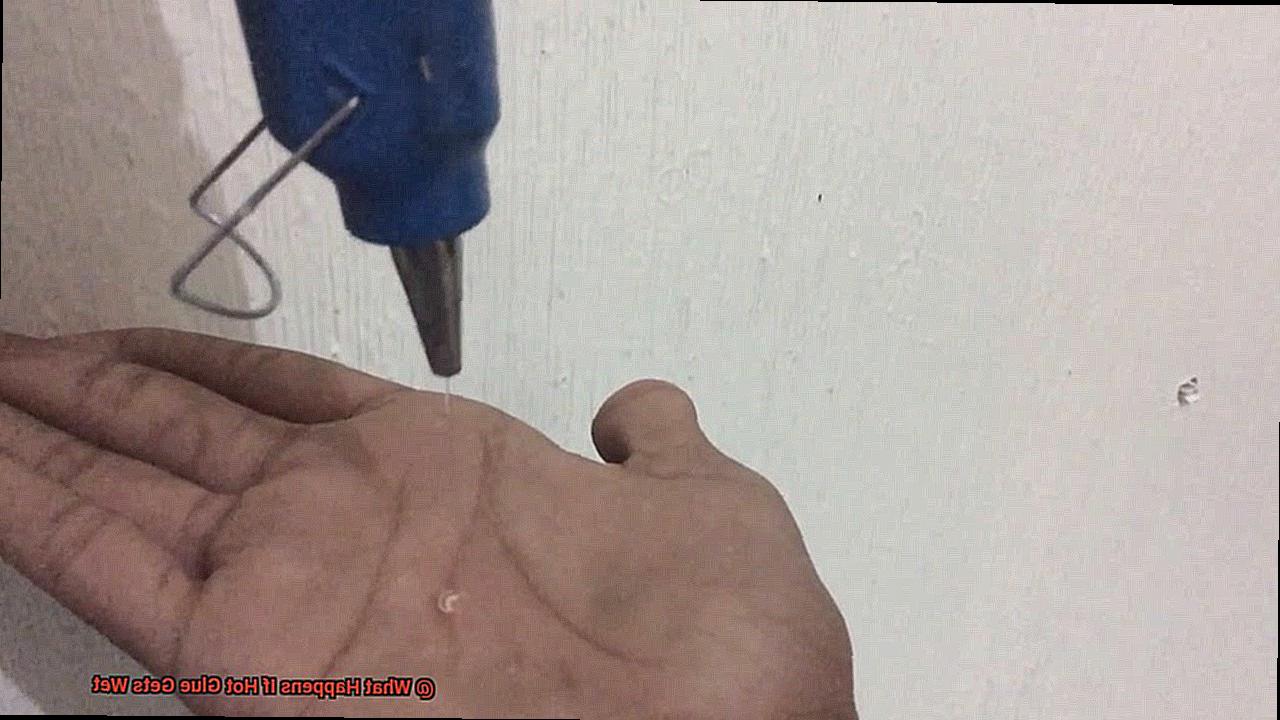
Using a heat gun or hair dryer on low heat setting can help to dry your hot glue quickly after it has been applied. This method prevents any moisture from seeping into the glue and weakening its adhesive properties. However, be cautious not to use high heat on projects that may be sensitive to damage or warping.
Store hot glue in an airtight container
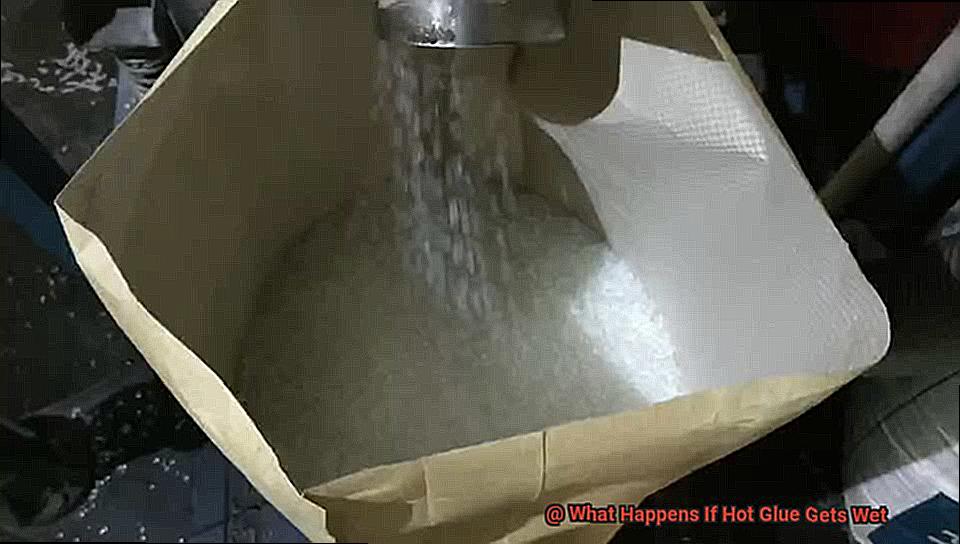
Keeping hot glue in an airtight container is an effective way to prevent moisture from getting in. This is particularly important when working in a humid environment where the air is often moist.
Choose the right type of hot glue
There are different types of hot glue available, and some are more resistant to moisture than others. If you’re working on a project that will be exposed to water or humidity, consider using marine-grade hot glue designed specifically for use in wet environments.
Use silicone adhesive
Silicone adhesives are known for their waterproof properties, making them ideal for projects where moisture may be an issue. Applying silicone adhesive over the cooled and hardened hot glue creates a waterproof barrier that keeps it protected.
Common Applications for Hot Glue
Hot glue is a game-changer when it comes to adhesives, and it has become a staple in the crafting, DIY, and home repair worlds. This versatile adhesive is popular for a good reason: it dries quickly and creates a strong bond that can last for years.
Crafting is where hot glue truly shines. It is perfect for attaching embellishments to various surfaces, such as paper, fabric, and wood. You can even use it to create 3D objects by layering the glue on top of each other. And if you’re into floral arrangements, hot glue is the go-to adhesive for keeping flowers and greenery securely in place.
But hot glue isn’t just for crafting – it’s also incredibly useful for home repairs. It can fix almost anything from broken ceramic dishes to loose furniture legs. And if you need to insulate electrical wires or repair small leaks in pipes, hot glue is the perfect solution.
Hot glue is so strong and fast-drying that it’s commonly used in industrial settings as well. It can hold together heavy materials like metal and plastics, making it perfect for manufacturing plants where it is often used in packaging applications to seal boxes and secure products in place.
However, hot glue may not be the best choice for all situations. It may not hold up well under extreme temperatures or exposure to moisture. But with some precautions, such as choosing the right type of hot glue, applying a waterproof sealant, or storing it in an airtight container, you can ensure that your project remains intact even in wet conditions.
The Effects of Getting Wet on Lightweight Items
Well, wonder no more. As an expert on “The Effects of Getting Wet on Lightweight Items,” I am here to share some valuable insights with you.
Firstly, the type of glue used and the material of the item matters significantly. If you use hot glue on a lightweight item made of paper or cardboard and it gets wet, the hot glue may soften and lose its adhesive properties. Consequently, this can cause the item to fall apart or lose its shape, ultimately ruining your project. Therefore, it is crucial to use other adhesives like PVA glue or Mod Podge for paper or cardboard projects that may come into contact with water.
However, if your lightweight item is made of plastic or metal, the hot glue may harden and become more difficult to remove when it gets wet. This can lead to damage to the item or difficulty in making repairs. In such cases, I suggest using a waterproof adhesive like silicone sealant or epoxy glue for better results.
Moreover, the temperature of the water is another critical factor to consider when using hot glue on lightweight items. Hot water can cause hot glue to melt and lose its adhesive properties more quickly than cold water. Thus, if your lightweight item with hot glue comes into contact with hot water, it may come apart more easily than if it were exposed to cold water.
In conclusion, while hot glue is a superhero adhesive for many DIY projects, it may not be the best choice for items that are likely to get wet or materials that are sensitive to temperature changes. To avoid disappointment and ensure longevity in your projects, consider using appropriate adhesives for different materials and conditions. Remember to be mindful of the materials and conditions involved and use the right glue for the right job.
The Effects of Getting Wet on Heavy or Important Items
One thing that can compromise the effectiveness of your work is water exposure. That’s why I, an expert on “The Effects of Getting Wet on Heavy or Important Items,” am here to share some valuable insights with you.
Hot glue may be the quick fix adhesive for lightweight items, but when it comes to heavier or more important items, its hold can be easily broken by water exposure. Imagine securing a bookshelf or furniture with hot glue, and it gets wet, the glue may lose its grip, leading to instability or even collapse. Similarly, if hot glue is used to secure electronics or delicate objects, getting wet could cause irreversible damage.
So what can you do to prevent these potential issues? Firstly, consider taking precautions when using hot glue on heavy or important items. For instance, you can use a waterproof sealant over the hot glue once it has dried to provide an added layer of protection. Another option is to use a different type of adhesive that is specifically designed for waterproofing or moisture resistance.
When choosing an adhesive for heavy or important items, it’s crucial to consider the material it will be adhering to. For plastic or metal items, waterproof adhesives like silicone sealant or epoxy glue are excellent choices. For paper or cardboard projects, PVA glue or Mod Podge can provide a strong hold that won’t break down in water.
zrSZZab9nOc” >
Also Read: Is Super Glue Waterproof? – Glue Things
Conclusion
In summary, hot glue is a versatile adhesive that can be used in various applications, including crafting, home repairs, and industrial manufacturing. Its quick-drying nature and robust adhesive properties make it an excellent choice for many projects. However, the question remains: what happens if hot glue gets wet? Unfortunately, when hot glue comes into contact with water or moisture, it can start to break down and lose its bond. This occurs because water can cause the thermoplastic polymers to soften and weaken, leading to the glue becoming less sticky or falling apart entirely.
To prevent this from happening, it’s crucial to select the appropriate type of hot glue for your project and take measures to keep it dry if you anticipate contact with water. You could use a waterproof sealant over the top of the glue or avoid using hot glue altogether in favor of a more water-resistant adhesive. Additionally, different types of hot glue have varying degrees of water resistance; thus, understanding their differences is critical.
Ultimately, by taking precautions and selecting the right adhesive for your project’s needs, you can ensure that your DIY project will withstand even wet conditions. Remember to be mindful of materials and conditions involved and use the proper glue for each job.

